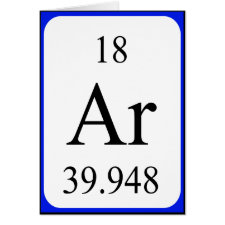
Authors: Ou SH, Pan LS, Jow JJ, Chen HR, Ling TR
Article Title: Molecularly imprinted electrochemical sensor, formed on Ag screen-printed electrodes, for the enantioselective recognition of d and l phenylalanine.
Publication date: 2018
Journal: Biosensors and Bioelectronics
Volume: 105
Page numbers: 143-150.
DOI: 10.1016/j.bios.2018.01.010
Alternative URL: http://www.sciencedirect.com/science/article/pii/S0956566318300150
Abstract: In this study, electrochemical sensors for the enantioselective recognition of d and l phenylalanine were prepared using a molecular imprinting technique in which the electro-polymerization of pyrrole was carried out by Chronopotentiometry(CP) with the target molecules being present on a Ag screen printed electrode's (SPE) surface. The sensing performance was evaluated by multi-potential steps at 0 and 2V(vs. Ag/AgCl) held for 1s and 2s, respectively, for 20 cycles (with the two enantiomers being present at the same concentration). The individual selectivity's for l and d- phenylalanine on their respective imprinted films were estimated to be L/D = 23.480 ± 2.844/1 and D/L = 19.134 ± 1.870/1 respectively, based on the current change between 0 and 2V (vs. Ag/AgCl) with the two enantiomers being present at the same concentration (10 mM). Several parameters affecting recognition ability were investigated including: cross-selectivity of d and l- phenylalanine imprinted film, phenylalanine concentration effects, interfering species, deactivation and the storage life of electrode. The phenylalanine imprinted films were also characterized by AC impedance, chronoamperometry, Fourier-transform infrared spectroscopy (FTIR), Scanning Electron Microscope(SEM), and Energy Dispersive X-Ray Spectroscopy (EDS). Finally, a recognition mechanism for the interaction of the polypyrrole film with its template under the influence of applied negative and positive potentials is proposed
Template and target information: phenylalanine
Author keywords: Molecularly imprinted polymers, phenylalanine, enantiomer, Screen-printed-electrode



Join the Society for Molecular Imprinting

New items RSS feed
Sign-up for e-mail updates:
Choose between receiving an occasional newsletter or more frequent e-mail alerts.
Click here to go to the sign-up page.
Is your name elemental or peptidic? Enter your name and find out by clicking either of the buttons below!
Other products you may like:
 MIPdatabase
MIPdatabase









